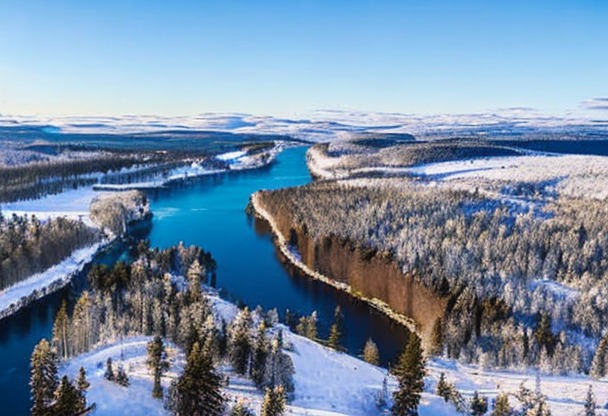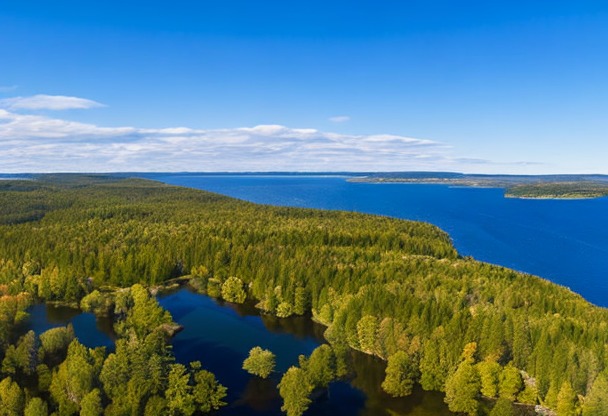Best time to travel to Sweden
Choosing the right time for your trip to Sweden can make all the difference. It's important to consider weather elements, seasonal events and busy tourist periods to maximize your travel experience.

Location





Climate
The different seasons in Sweden
The Swedish climate can be divided into four distinct seasons, each with its own advantages:- Spring (March to May) Summer: Temperatures are starting to warm up, nature is waking up and the days are gradually getting longer. Ideal for outdoor enthusiasts and hikers.
- Summer (June to August) Summer: Temperatures can rise to 25°C in some regions, with long, sunny days. This is the ideal time to enjoy the beaches, national parks and many summer festivals.
- Autumn (September to November) Summer: Temperatures drop and the leaves change color, offering spectacular scenery. A perfect period for photographers and hiking enthusiasts.
- Winter (December to February) Winter: Temperatures often drop below zero, with snow in most areas. Ideal for winter sports and watching the Northern Lights.
Major cultural events in Sweden
Sweden is rich in cultural, artistic and musical events throughout the year. Here are some of the most important:Summer festivals
The summer months are punctuated by numerous festivals throughout the country, some of the most famous being :- Way Out West music festivalwhich takes place in August in Göteborg and features renowned international artists.
- Stockholm Pridean event celebrating diversity and the LGBTQ+ community held in late July/early August.
- Almedalen Culture Festivala week of political, economic and social debate on the island of Gotland in early July.
Northern lights and starry nights
From September to March, the most spectacular natural event in Sweden is undoubtedly the Northern Lights. The sky lights up with vivid colors, especially in northern regions such as Swedish Lapland. In addition, the winter period also offers starry nights for astronomy enthusiasts.Traditional festivals and public holidays
Throughout the year, Sweden celebrates a number of traditional festivals and public holidays:- Walpurgisnacht (April 30) A celebration marking the arrival of spring, with bonfires, songs and dances.
- National holiday (June 6) Swedish Independence Day: celebration of Swedish independence with cultural and patriotic events.
- Saint-Jean (mid-June) A very popular festival marking the summer solstice, with dancing around flowering poles, singing and traditional meals.
- Christmas (December 24) Christmas Eve: although not an official holiday, Christmas Eve is an important family celebration in Sweden.
Low and high tourist season periods
Tourist numbers in Sweden vary according to the season:Low season (November to March)
Outside ski resorts, visitor numbers are generally lower in winter. This can be an opportunity to take advantage of reduced rates on accommodation and transport, but some tourist attractions may be closed or have reduced opening hours.Mid-season (April, May, September, October)
Spring and autumn are transitional periods when the weather can be unpredictable, but they also offer beautiful scenery and moderate visitor numbers. Prices for accommodation and activities may be slightly lower than in high season.High season (June to August)
Summer is the most popular time to visit Sweden, with pleasant temperatures and a multitude of cultural events and festivals. However, prices for accommodation and tourist activities can be higher, and it's advisable to book in advance.Insurance
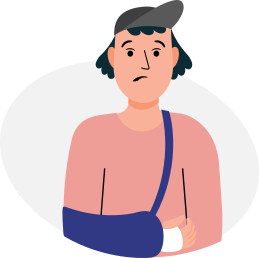
Your credit card does not cover you in all situations, that is whyIt is essential to take out insurance before you leave to avoid any unpleasant surprises. If you need to see a doctor or be hospitalized, in some countries, medical costs are very high and you will then find yourself having to pay several thousand euros.
Our partner Chapka Insurance proposes the contract CAP ASSISTANCE 24/24 with many essential guarantees.
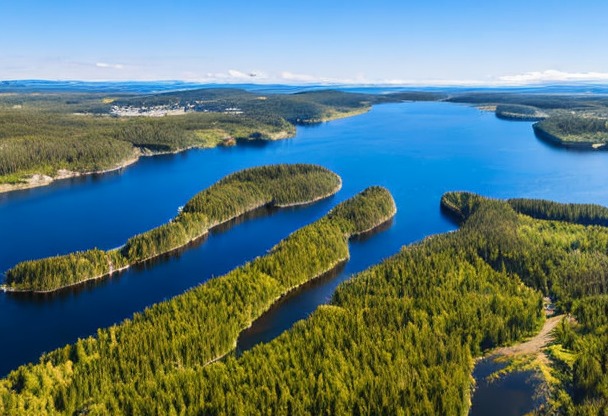
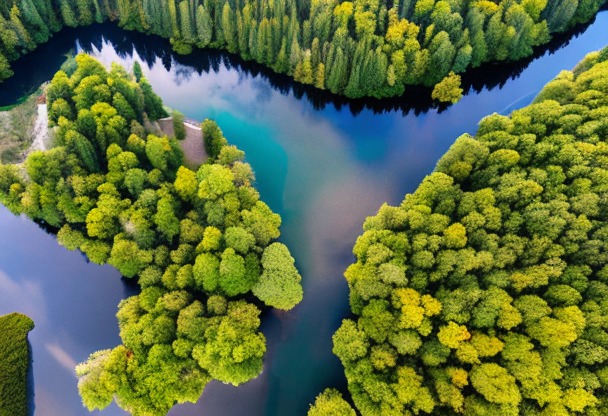
Flights
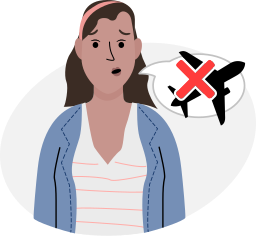
Your flight has been cancelled or delayed ?
You may be eligible for a compensation of up to €600 ! For this, lawyers are responsible for handling your claim with the airline and are only paid when the reimbursement is effective.
In conclusion, no financial risk for you, only advantages!
Key immigration figures for Sweden
Sweden's population has grown steadily over recent decades, mainly due to immigration. In 2020, the country's total population was almost 10.4 million inhabitantsof which approximately 20 % of foreign origin. Among the most represented groups are migrants from Finland, Syria, Iraq, Poland and the former Yugoslavia.Regular immigration
In terms of regular immigration, the main categories of visa issued by the Swedish authorities are as follows:- Work visas: Approx. 40,000 work permits were awarded in 2019, mainly in the IT, healthcare and service sectors.
- Family reunification: Approximately 20,000 permits were issued in 2019 to enable family members to join relatives already settled in Sweden.
- Studies: Every year, nearly 10,000 foreign students come to continue their studies in the country, mainly in the fields of engineering, science and management.
Requests for political asylum
Sweden has always been a welcoming country for refugees and asylum seekers. Since the start of the migration crisis in 2015, the number of asylum applications has risen sharply, reaching a peak of 162,877 requests in 2015. However, this figure has since fallen sharply to around 20,000 applications registered by 2020. The main countries of origin of asylum seekers in Sweden are Syria, Afghanistan, Iraq and Eritrea. Most applications are accepted, with an overall acceptance rate of almost 50 % in 2020.Key figures for international tourism in Sweden
Alongside immigration, Sweden is also experiencing sustained growth in the number of international tourists. In 2019, the country recorded almost 7.6 million arrivalsan increase of 4 % over the previous year.Visitor profile and main destinations
The majority of foreign visitors to Sweden come from neighbouring countries such as Germany and France. Norway, THE Denmark and the Finlandas well as other European countries such as theGermany and the United Kingdom. American, Chinese and Japanese tourists are also increasingly choosing Sweden as a vacation destination. Sweden's main tourist attractions include :- Stockholm, the capital, with its museums, royal palace and old town (Gamla Stan).
- The Lapland region, famous for its Arctic landscapes, northern lights and native cultures.
- The islands of the Swedish archipelago, ideal for relaxation, swimming and water sports.
- Abisko National Park, one of the best places in the world for viewing the northern lights and hiking.
Economic impact of tourism
The tourism sector plays an important role in the Swedish economy, accounting for around 3 % of GDP and generating nearly 170,000 jobs. Revenues from international tourism reached more than 45 billion Swedish kronor (around 4.5 billion euros) in 2019This contributes to the country's economic and social development.Challenges and prospects for immigration and tourism in Sweden
Sweden faces a number of challenges in terms of immigration and tourism, such as managing migratory flows, integrating migrants into society and the job market, and preserving the environment and cultural heritage in the face of growing tourism. To meet these challenges, the Swedish authorities have put in place policies to encourage the employment of migrants, promote sustainable and responsible tourism, and strengthen international cooperation on migration and refugee protection.